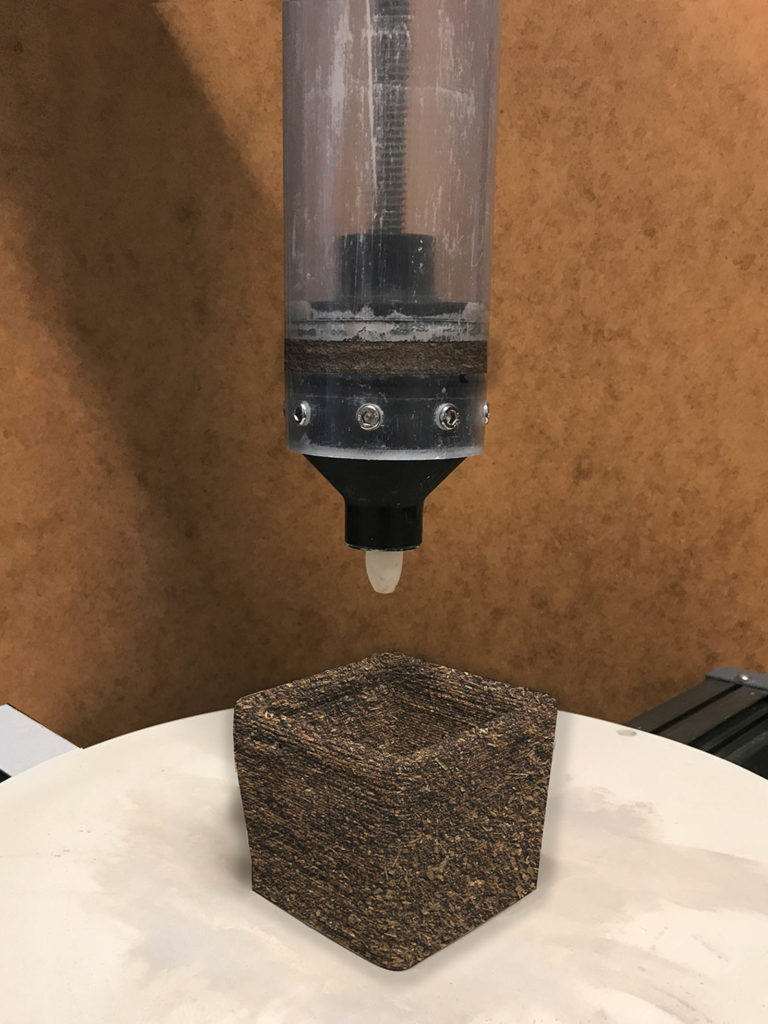
The Fraunhofer Institute for Environmental, Safety and Energy Technology (UMSICHT) reports that it has teamed up with the Fraunhofer Institute for Building Physics (IBP) to investigate the use of fungus-based materials for the fabrication of eco-friendly sound absorbers.
Sound absorbers can improve a room’s acoustics, for example in a busy office space. But many of the soundproofing panels used in walls or room fittings in today’s interior designs are made of mineral fibers or synthetic foams. Some of these materials are not considered to be sustainable or easily recycled.
In a bid to bring to market an eco-friendlier and more effective alternative, Fraunhofer UMSICHT is working with Fraunhofer IBP to develop sound absorbers made of fungus-based materials. The original idea came from Julia Krayer, project manager at Fraunhofer UMSICHT in Oberhausen, and someone who has been working on biomaterials for many years.
“There’s currently a focus on vegetal substrates and mycelium for the development of new materials,” Krayer says. Mycelium consists of a fine network of filament-like hyphae. In its natural habitat, mycelium grows underground, where it may span more than a square kilometer.
For the current project, Krayer and colleagues are growing hyphae in the lab. This mycelium is first mixed with a vegetal substrate consisting of straw, wood and waste from food production, and then printed into the desired shape by means of a 3D printer.
“The mycelial hyphae spread throughout the substrate and create a solid structure,” says Krayer. Once the mycelium has permeated the fine-grained substrate, the product is dried in a kiln in order to kill the fungus. The cell walls of the resulting material are open, meaning that it will absorb sound. With its open cells and 3D-printed porous structure, it is ideal for soundproofing purposes, the researchers say.
In the future, fungus-based materials could be used not only to produce sound absorbers and insulating materials, but also clothing, furniture and housings for electrical appliances. Research is already underway to make this possible, the institute reports.
 TEXTILES.ORG
TEXTILES.ORG


